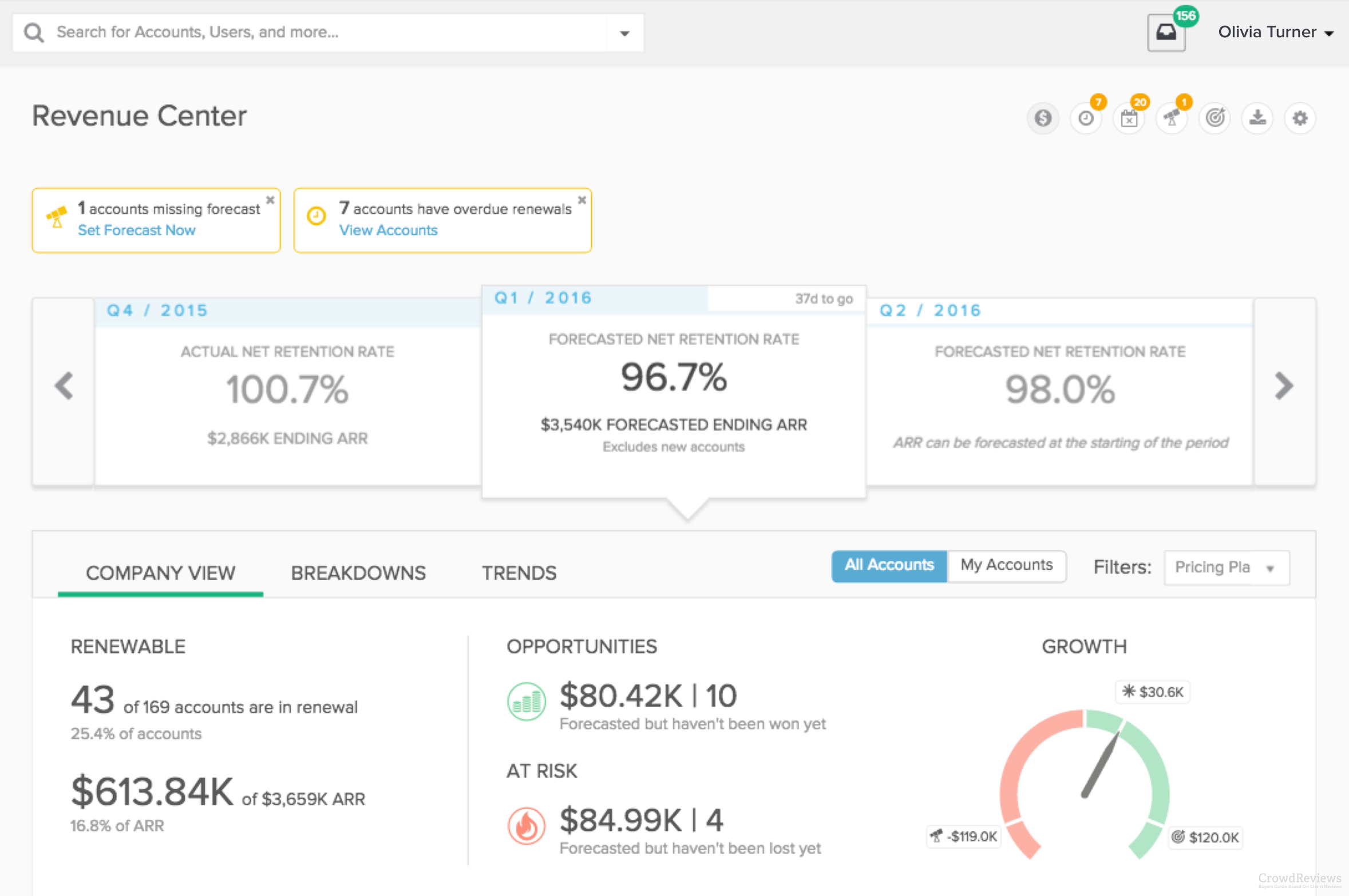
Totango: Complete Buyer's Guide
Mid-market customer success platform
Totango positions itself as a mid-market customer success platform that enables ecommerce businesses to maximize customer lifetime value through AI-driven retention strategies and automated customer health monitoring. The platform differentiates through its composable SuccessBLOCs architecture that allows modular implementation rather than requiring comprehensive platform replacement[59].
Market Position & Maturity
Market Standing
Totango occupies a distinct position in the customer success platform landscape, competing primarily with ChurnZero and Gainsight rather than comprehensive ecommerce suites[56][58].
Company Maturity
The company demonstrates mid-market positioning with pricing and functionality positioned below enterprise solutions like Adobe but above SMB-focused alternatives[59].
Industry Recognition
Market validation comes through documented enterprise customers including Drata, GitHub, and SAP[47][51].
Proof of Capabilities
Customer Evidence
Totango demonstrates proven capabilities through documented enterprise implementations, with Drata achieving churn risk identification four months before renewal using the platform's Unison AI engine[46][49].
Quantified Outcomes
ROI validation shows positive return on investment within 9-14 months for appropriate implementations[51][52].
Market Validation
Customer base validation includes notable technology companies such as GitHub and SAP[47][51].
Competitive Wins
Market displacement evidence shows the platform's composable architecture enabling organizations to implement customer success capabilities without replacing existing ecommerce platforms[59].
Reference Customers
Customer base validation includes notable technology companies such as GitHub and SAP[47][51].
AI Technology
Totango's Unison AI engine represents the platform's core technological differentiator, utilizing machine learning models that analyze customer engagement patterns from multiple touchpoints including calls, emails, and support tickets to generate predictive insights[46][49][50].
Architecture
The platform's composable SuccessBLOCs architecture enables modular deployment of customer success functions, from onboarding through expansion[52].
Primary Competitors
Primary competitors include ChurnZero and Gainsight rather than comprehensive ecommerce suites[56][58].
Competitive Advantages
Competitive advantages include stronger AI capabilities through its Unison engine compared to ChurnZero[56].
Market Positioning
Market positioning shows Totango competing in the mid-market tier with functionality positioned between basic customer success tools and comprehensive enterprise platforms[59].
Win/Loss Scenarios
Win/Loss Scenarios favor Totango when organizations need focused customer retention capabilities with AI-driven insights and integration flexibility with existing systems[59].
Key Features

Pros & Cons
Use Cases
Integrations
Featured In Articles
Comprehensive analysis of Customer Journey for Ecommerce for Ecommerce businesses and online retailers. Expert evaluation of features, pricing, and implementation.
How We Researched This Guide
About This Guide: This comprehensive analysis is based on extensive competitive intelligence and real-world implementation data from leading AI vendors. StayModern updates this guide quarterly to reflect market developments and vendor performance changes.
59+ verified sources per analysis including official documentation, customer reviews, analyst reports, and industry publications.
- • Vendor documentation & whitepapers
- • Customer testimonials & case studies
- • Third-party analyst assessments
- • Industry benchmarking reports
Standardized assessment framework across 8 key dimensions for objective comparison.
- • Technology capabilities & architecture
- • Market position & customer evidence
- • Implementation experience & support
- • Pricing value & competitive position
Research is refreshed every 90 days to capture market changes and new vendor capabilities.
- • New product releases & features
- • Market positioning changes
- • Customer feedback integration
- • Competitive landscape shifts
Every claim is source-linked with direct citations to original materials for verification.
- • Clickable citation links
- • Original source attribution
- • Date stamps for currency
- • Quality score validation
Analysis follows systematic research protocols with consistent evaluation frameworks.
- • Standardized assessment criteria
- • Multi-source verification process
- • Consistent evaluation methodology
- • Quality assurance protocols
Buyer-focused analysis with transparent methodology and factual accuracy commitment.
- • Objective comparative analysis
- • Transparent research methodology
- • Factual accuracy commitment
- • Continuous quality improvement
Quality Commitment: If you find any inaccuracies in our analysis on this page, please contact us at research@staymodern.ai. We're committed to maintaining the highest standards of research integrity and will investigate and correct any issues promptly.